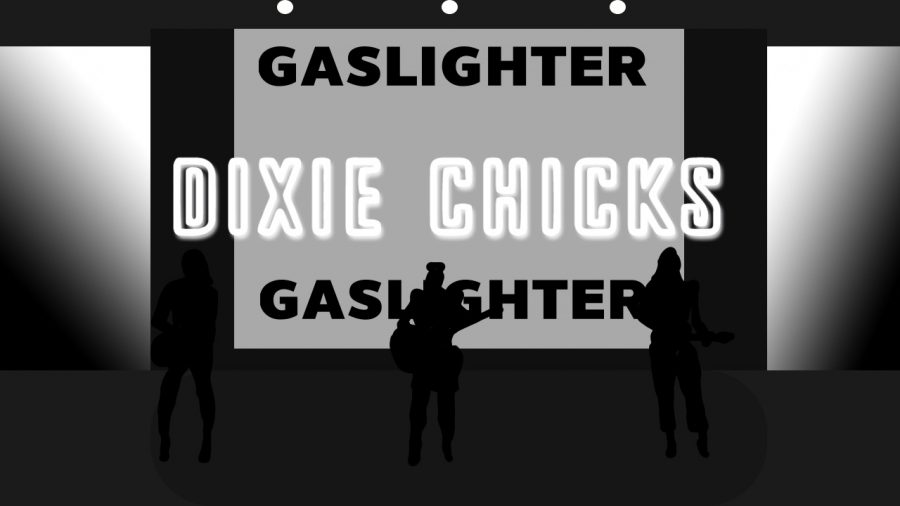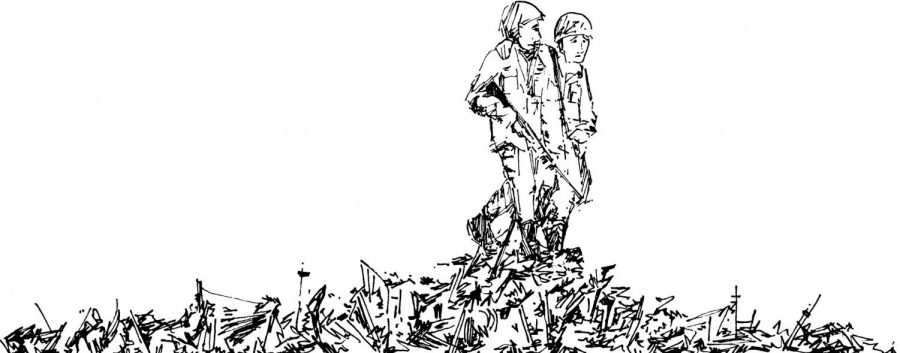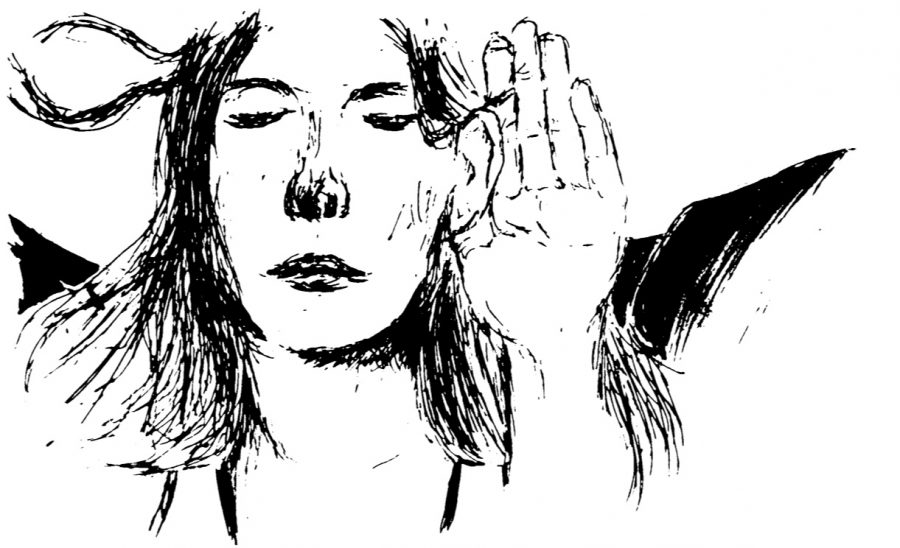“Hot Tub Time Machine”
Nostalgia is a delicate feeling that, far from a desire to make the past a kind of present, hopes to preserve a yearning for an ideal past that never actually was and certainly never will be. That’s precisely what’s so great about it. And, that’s precisely what’s so disastrously wrong with Steve Pink’s variegated pastiche of ’80s spandex, rock ‘n roll and mojo.
“Hot Tub Time Machine,” starring John Cusack (seriously?), Craig Robinson (Darryl from ‘The Office’), and Rob Corddy, spoils the ripe ’80s nostalgia cultivated by endless reruns of “Sixteen Candles,” “The Breakfast Club” or “Ferris Bueller’s Day Off”: otherwise known as the classic cult films of John Hughes. Hughes’s respect for the decade and interest in the condition of its high school students gave rise to some of the most saccharine, yet captivating, clichés imaginable. Pink’s deadpan, materialist interpretation of that decade, unfortunately, makes us reconsider why we ever exalted its quirkiness to begin with.
The film’s title may suggest another recent comedy, “Snakes on a Plane,” a whirlwind of over-the-top comedy that was as hilarious as it was conscious of its own preposterousness. But don’t be duped by a film that seemingly says it all on its movie stub. “Hot Tub Time Machine,” about a group of guys that go back to 1986 in a hot tub, doesn’t tell you that its purported self-reflexivity is empty of critique, parody, satire or any other motive that might make you pause and say, “Hmm.”
Calling this film a ‘stupid comedy’ may give some the excuse to watch it after a long day of intense studying. I’d rather not open up that possibility. Let’s, instead, call it out for what it is: a nostalgia killer.
“How to Train Your Dragon”
Based on British author Cressida Cowell’s children’s novel, “How to Train Your Dragon” is DreamWorks’s latest jab in its decade-old animation boxing match with Pixar. Though the film, directed by Chris Sanders and Dean DeBlois, may be DreamWorks’ best to date, unlike Pixar’s marvels, it has little, if anything, to offer more mature audiences beyond a few supposedly breathtaking flying sequences (which some have likened to those in “Avatar”) and a lecture on allowing your kids some self-determination.
The story takes place in a Viking town that is frequently assaulted by swarms of dragons and follows the struggle of a scrawny teenager nicknamed “Hiccup” to prove himself among his peers and the older generation of dragon slayers. Already, the story is off to a bad start. The prove-yourself narrative in children’s literature and film lends to interpretations that don’t capture the complexities of growing up, making decisions yes or no and story lines good guy vs. bad guy.
This is precisely what brings down “How to Train Your Dragon.” Many critics have written that the folks at DreamWorks seem to have learned how to use silent sequences. Yet, the silent sequences in the film only serve to accentuate the most banal aspects of nonverbal communication.
DreamWorks has a way to go to catch Pixar, and “How to Train Your Dragon” is a good example of the studio’s reliance on used and abused narrative tropes. In certain narrative aspects, they’ve taken a step back from “Kung Fu Panda,” lamentably, one of the studio’s better films. Instead of looking toward their rivals for answers, DreamWorks should take a melancholic tip from Jonze’s “Where the Wild Things Are.” Childhood is as difficult as it is complicated, and trying to simplify it for the big screen does no one any good.




